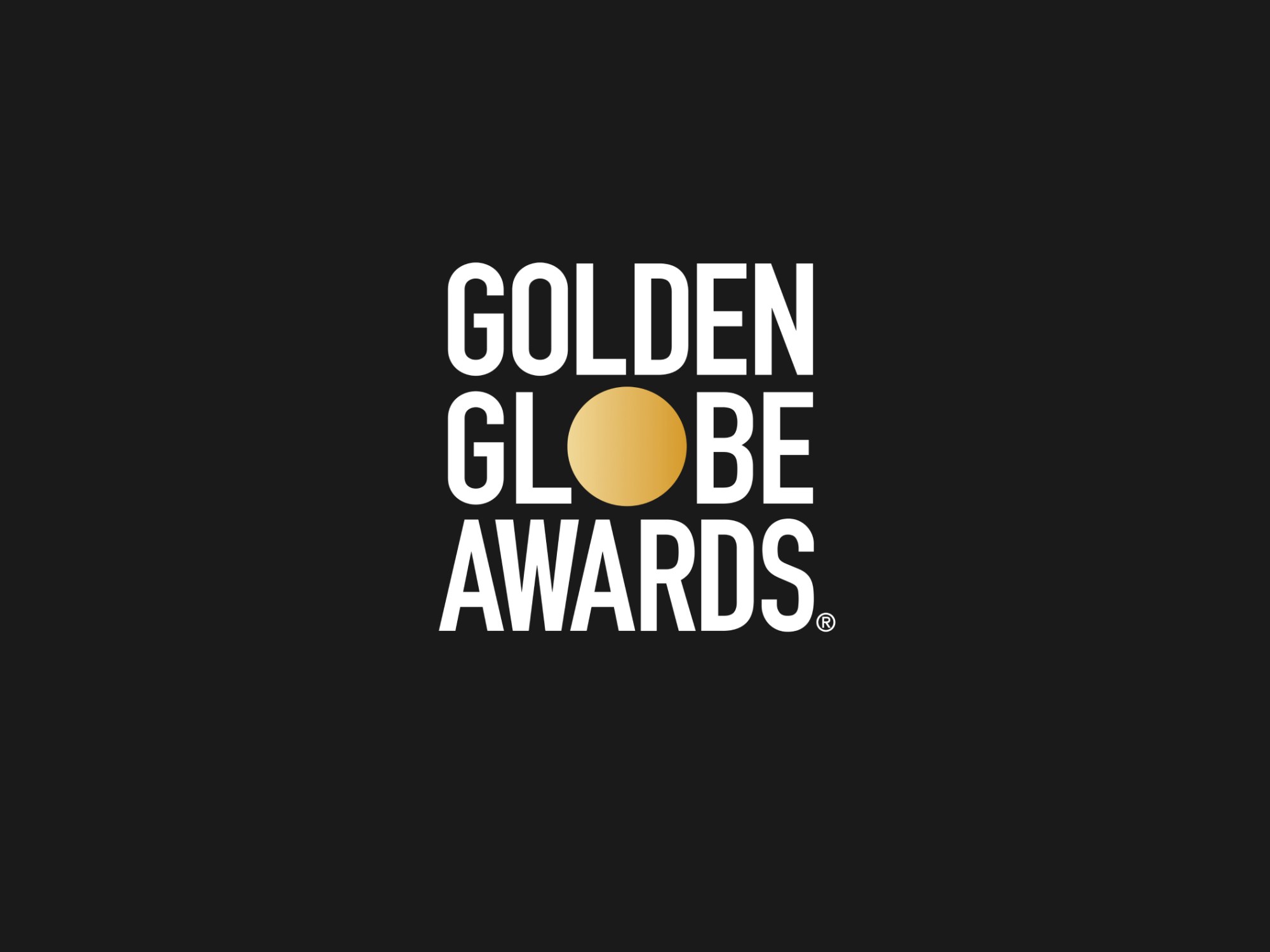
- Festivals
Sundance Roundup: Plenty of Stars, Few Sales

Every year, tens of thousands of filmmakers, film lovers, buyers, executives and party goers flock to Park City in Utah, braving the subzero temperature, to attend the Sundance Film Festival, which has become the epicentre of independent cinema since it was founded 30 years ago by Robert Redford in order to give a platform for unknown filmmakers to show and promote their movies. In its early years the festival was small and intimate. Only hardcore film fans attended and feasted on substance movies, that never saw the light of day after the festival. But that changed in 1989, when Steven Soderbergh’s Sex, Lies and Videotape screened there to critical acclaim, and then was picked up by movie mogul, Harvey Weinstein, and turned a hefty profit in the box office. This year, nearly 300 films and documentaries were screened in the festival. However, the movies that got the buzz and attention were not the unknowns and obscure, but rather the star-studded ones, that audiences jostled and shoved to see and the media clamoured to review and interview their stars. The festival opened with Whiplash, starring Miles Teller as a drum student at a New York music conservatory where the reigning teaching god is a sadistic purist named Terrence Fletcher, played by J.K. Simmons. Directed by Damien Gazelle, the film made a splash at the festival due to his impressive direction, and was napped by Sony Classics. The heat of Whiplash fizzled quickly, prompting festival goers to seek inspiration somewhere else, and they found it in Richard Linklater’s 12-years-in-the-making Boyhood. The movie charts the life of a Texan boy from the age of 7 to 18. Meanwhile, previously hyped movies such as Maya Forbes’ dramedy Infinity Polar Bear, which tells the story of a bipolar father (Mark Ruffalo) raising two young girls with his wife (Zoe Saldana) and Frank, which features invisible Michael Fassbender playing a tensely charismatic leader of an indie rock group who never takes off his large fake plaster head. Both films stood out for the performances of their stars, yet failed to win universal praise. The former Twilight star, Kristen Stewart, has also received mixed reviews for playing a tough prison guard who forms a friendship with an inmate in Camp X-ray. The problem is not really in her delivery but with the story, which is utterly focused on the two characters’ interaction, leaving little time to explore their environment, rendering its Guantanamo setting redundant. Sundance veteran Lynn Shelton came back with a commercial film, Laggies, which tells the story of 28-year-old Megan (Keira Knightley) who is trying to find meaning in her life. Another veteran, Gregg Araki brought his 9th Sundance film, A White Bird in Blizzard, which follows teenage Kat (Shailene Woodley) as she comes of age amidst the disappearance of her disturbed trainwreck of a mother (Eva Green). Ira Sachs was also there with Love is Strange, which enjoyed a warm reception. Zach Braff’s Wish I Was Here was another headline-grabbing film, not for its merit but for its crowd financing on the Kickstarter website. Some of the donors/fans showed up at the premiere, demanding the promised tickets. Braff himself failed to thank his supporters in his opening speech and reportedly had flown to Park City from New York in first class. Having sold his movie, he was probably able to afford a first class ticket back home. In contrast, Anne Hathaway (Song One) and Brit Steve Coogan (A Trip to Italy) were cramped with us in the economy section of a sold-out flight back to LA. Their attendance had helped their movies to get noticed, but not find a buyer. The documentaries fared slightly better. Although celebrities’ movies such as Fed Up from celebrity broadcaster Katie Couric grabbed the headlines, there were others that drew audiences solely for their merit and substance, such as Return To Homs, a harrowing tale of a young Syrian, a goalkeeper who turns into a freedom fighter. The director Talal Derki takes us inside the battle, where we witness a city being leveled to the ground and civilians being murdered arbitrarily. It feels like a Hollywood thriller, but it’s real. Unfortunately, the press screening of Return to Homs was not a crowded one. The Sundancers were probably lining up for hours in the freezing cold longing to see one of the star-studded pictures. Unlike previous years, when bidding wars over movies have erupted among buyers, there has been a dearth of acquisitions this year and the amount so far paid out was the lowest in Sundance's history -less than $3 million. Furthermore, all the purchased movies featured stars in their cast. It hasn’t been a completely a lost battle for obscure filmmakers, however. A vanguard of VOD outlets, including Netflix, Hulu and Amazon, has invaded Park City seeking to enrich their online libraries. However, their pay is so humiliatingly meager, one filmmaker moaned that he wouldn't be able to afford his rent with the money he was offered. Sundance Film Festival hasn’t discovered a Tarantino or a Soderberg this year, leaving experts scratching their heads and wondering what went wrong. Some blamed it on the dizzying number of movies and others on lack of originality. Whatever the reason, hundreds of hopeful filmmakers will be leaving empty handed and their movies will probably be forgotten. Perhaps, the lesson is that quality on its own doesn’t sell, you must have a hook in your movie, in order to break through the gigantic clutter. Otherwise you'd better feature a star to stand by you on the red carpet, even in the Mecca of independent film.
Sam Asi